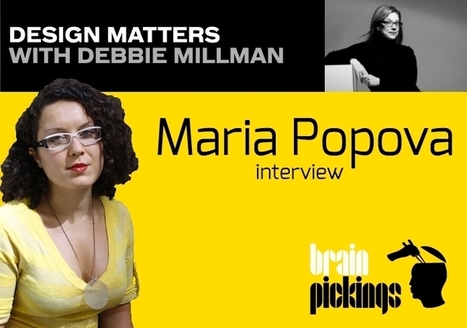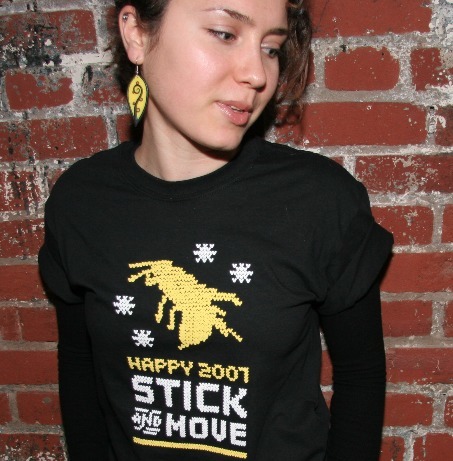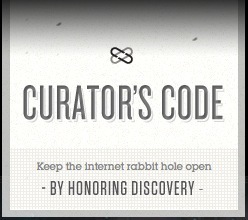Research and publish the best content.
Get Started for FREE
Sign up with Facebook Sign up with X
I don't have a Facebook or a X account
Already have an account: Login

What a Content Curator Needs To Know: How, Tools, Issues and Strategy
Curated by
Robin Good
Author: Robin Good

 Your new post is loading... Your new post is loading...
 Your new post is loading... Your new post is loading...
|

Randy Bauer's comment,
October 5, 2013 1:43 PM
Thanks Robin, I am a fan of Brain Pickings. and of your curation as well.

Brian Kirby's curator insight,
October 11, 2013 4:41 PM
How to sift through large amounts of information...

Beth Kanter's comment,
March 11, 2012 1:01 PM
Thanks Robin for sharing and curating this article with your summary. I discovered it via Barbara Bray's collection where she had re scooped your scoop -- [and if following the curator's code added a via]. I came over here to rescoop (with a via!) because you are the original source and one of the links was broken (you corrected it and added an update) thus reminding me the importance of going to the original source. Here on scoop.it you can just follow the trail of the rescoop icon.
I am disappointed that the bookmarklet doesn't work together with the scoop.it one - but it would be great to have it integrated. Now to figure out how to rescoop it with the characters. 
Robin Good's comment,
March 11, 2012 1:12 PM
Hi Beth, thanks for your kind feedback. I was just out today for a video interview with Nancy White here in Rome, and she mentioned you as someone she likes for your ability to curate and make sense of things.
Re the integration of the curators' code icons, I have received feedback from Guillaume De Cugies of Scoop.it that he has been exchanging with Maria Popova and that he is looking with her for a way to integrate the two. For now you can simply install the Curators' Code bookmarklet and use the "via"<a href="http://www.curatorscode.org" target="_blank" style="font-family:sans-serif;text-decoration:none" >ᔥ</a> or hat tip <a href="http://www.curatorscode.org" target="_blank" style="font-family:sans-serif;text-decoration:none" >↬</a> icons by copying and pasting their code into your scoops manually. The problem, at least for me is, that the scoop.it editing window is in the same position where the Curators' Code bookmarklet is and therefore I can't see both at the same time. In any case I think it would be trivial for Scoop.it or any other tool to integrate such buttons directly into their system without having us to use two different tools for one task. 
's comment March 11, 2012 9:36 PM
Many thanks Robin for the help! Somehow I missed the article -- computer fatigue probably :) I read it earlier today and look forward to using the codes. I'm thrilled to hear that scoop.it is looking into integrating them into the platform. Thanks for keeping us updated on this new, and important twist, for curating. Cheers -- Karen
|













Back in Feberuary of this year Debbie Millman has interviewed Maria Popova, the curator of Brain Pickings, Literary Jukebox and the inventor of Curator's Code.
Find out what Maria thinks curation is all about (How do we make sense of the world we through stuff and through objects - whether physical or metaphysical) and why she has become so interested in it.
Maria is a fantastic and highly prolific content curator producing three original posts and between 60 to 70 tweets a day.
Specific interview points I suggest you listen to:
-> 24':30" for combinatorial creativity and the first recorded examples of content curation as a form authroship
-> 27':16" Curation - Do you define yourself a curator?
-> 28':00" Curators don't design, they organize
-> 28':50" What is curation
-> 29':19" Curation and pattern recognition
-> 37':45" The importance of discovery - why attribution matters
Source: http://chipkidd.com/journal/?p=4566
Original audio interview: https://soundcloud.com/designmatters/maria-popova
(duration: 52':07")
.MP3 audio download: https://api.soundcloud.com/tracks/75217989/download?client_id=0f8fdbbaa21a9bd18210986a7dc2d72c
More interesting interviews: Design Matters Podcast